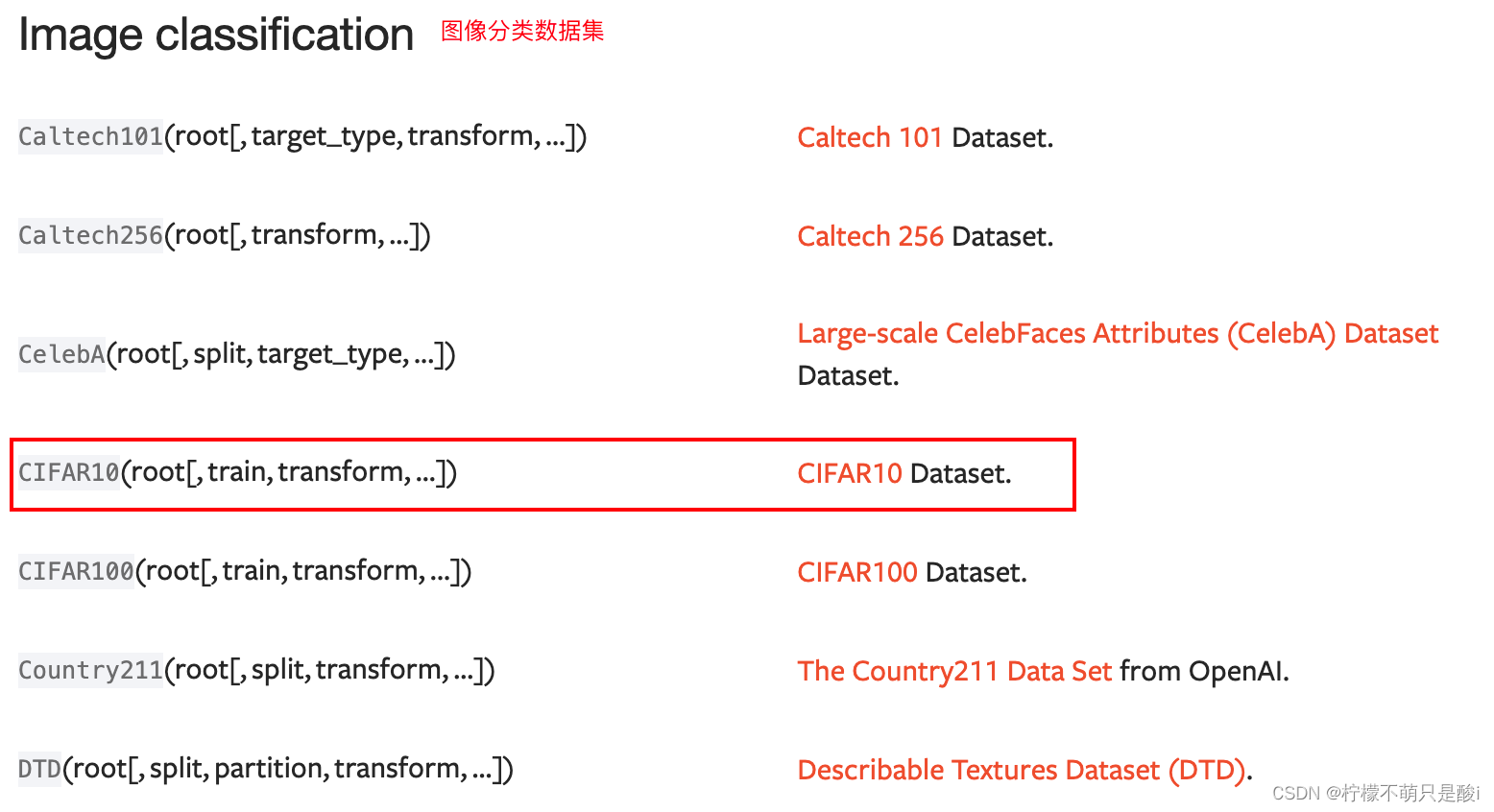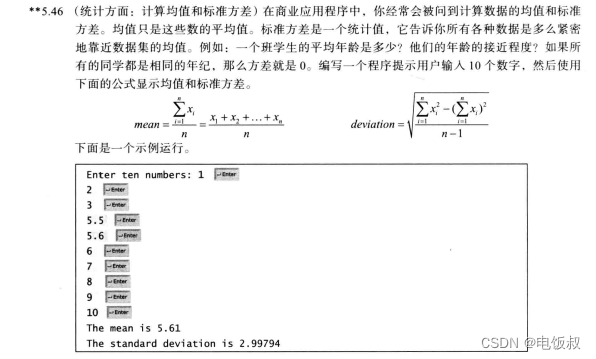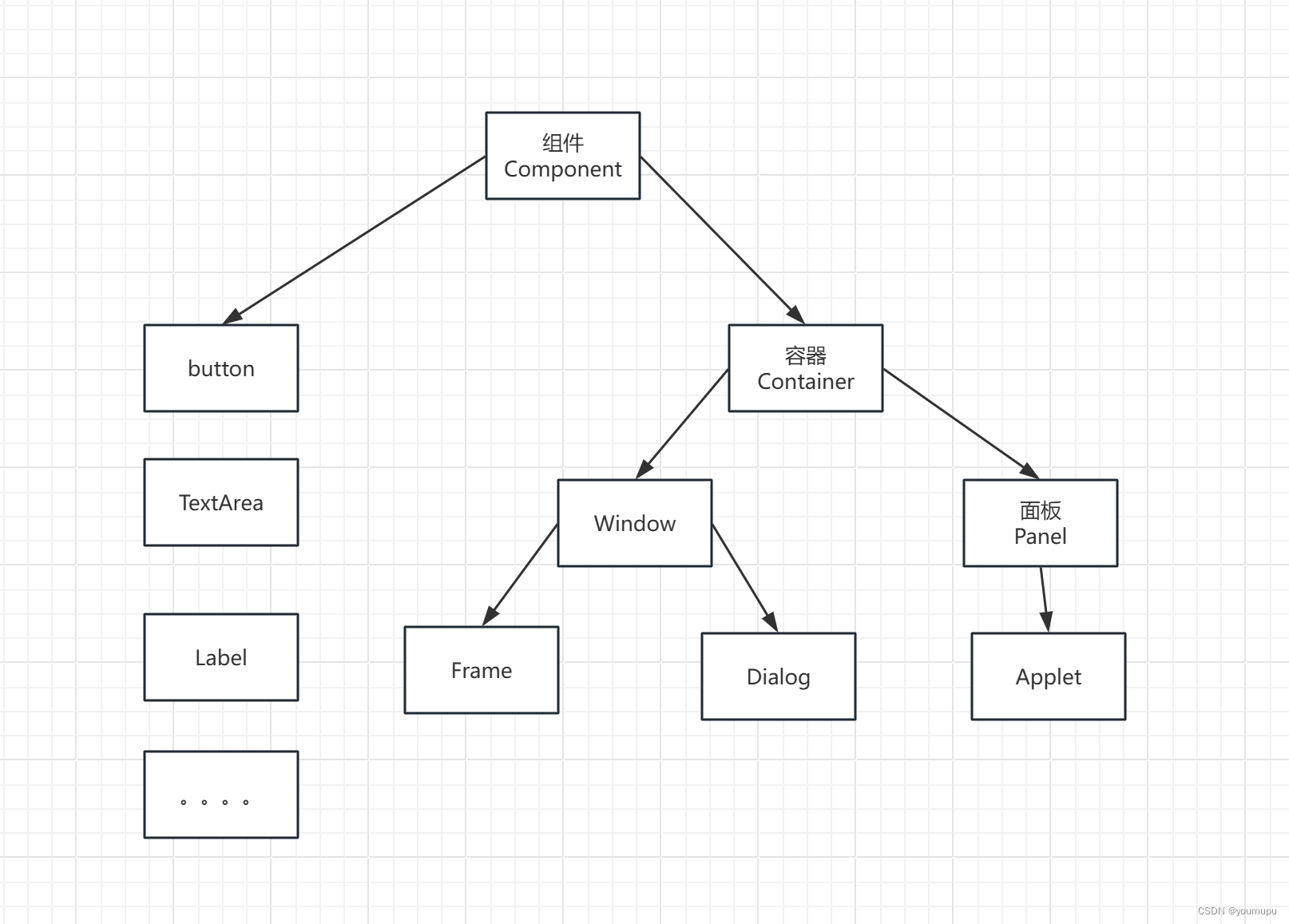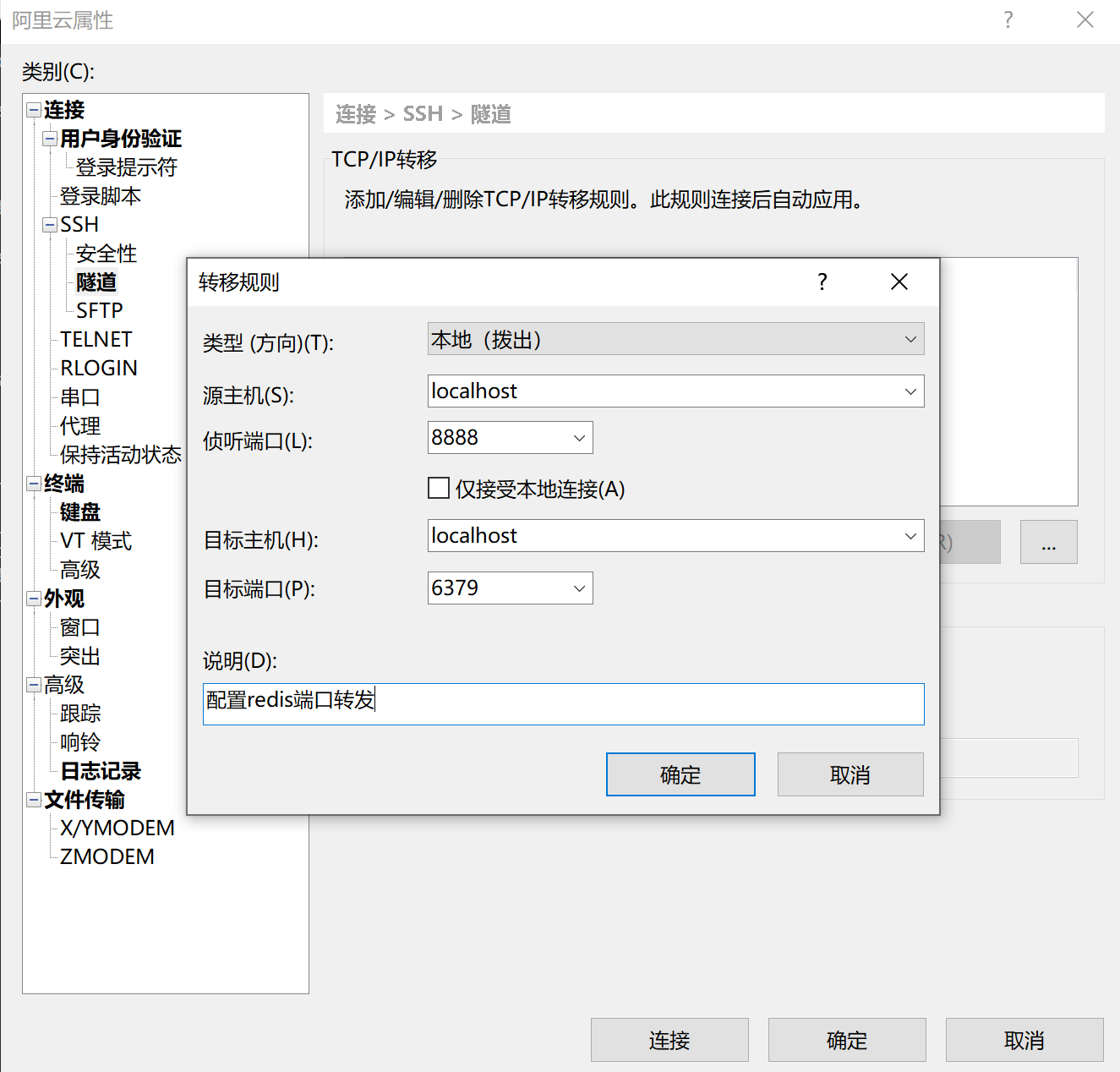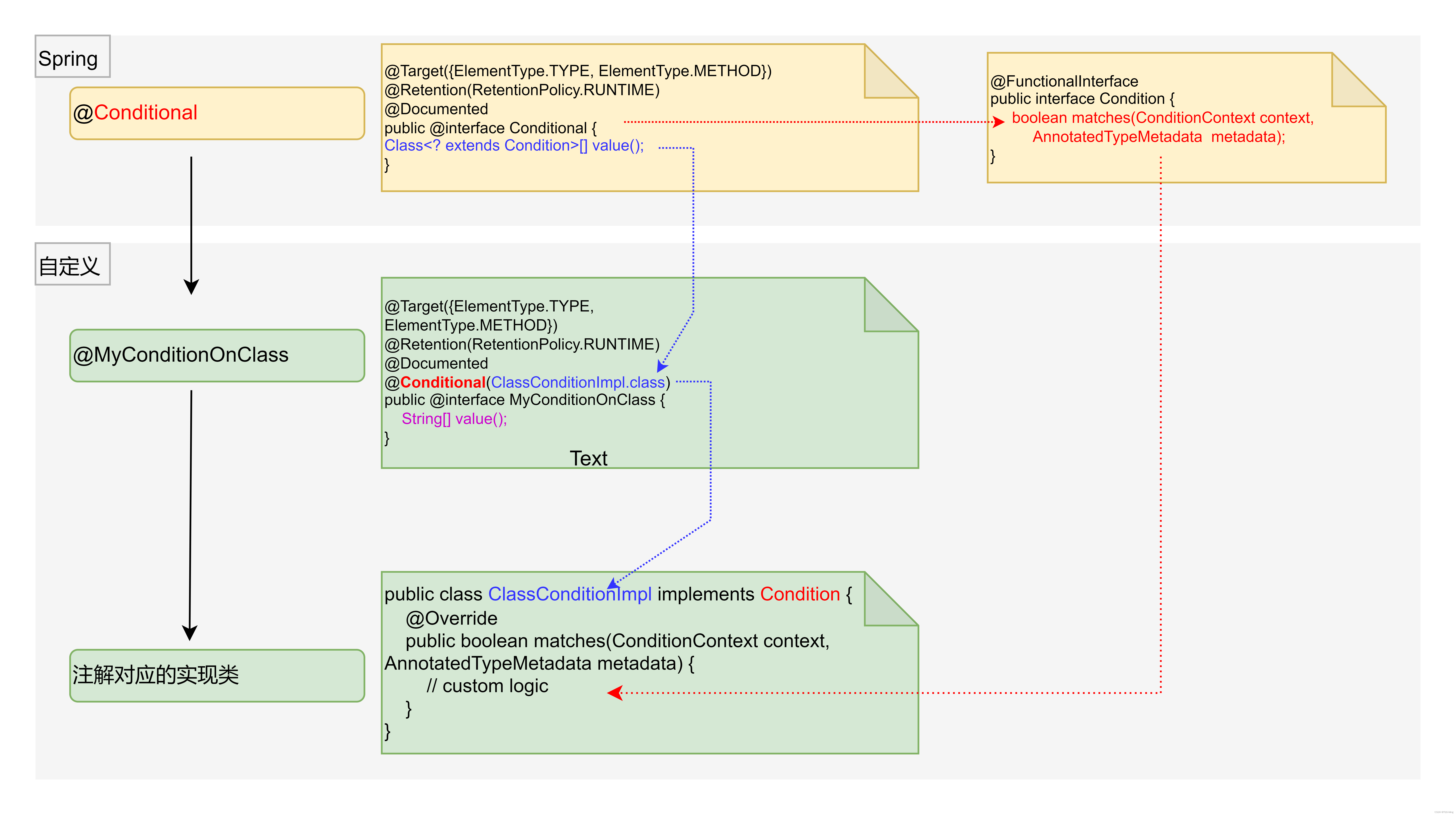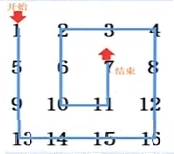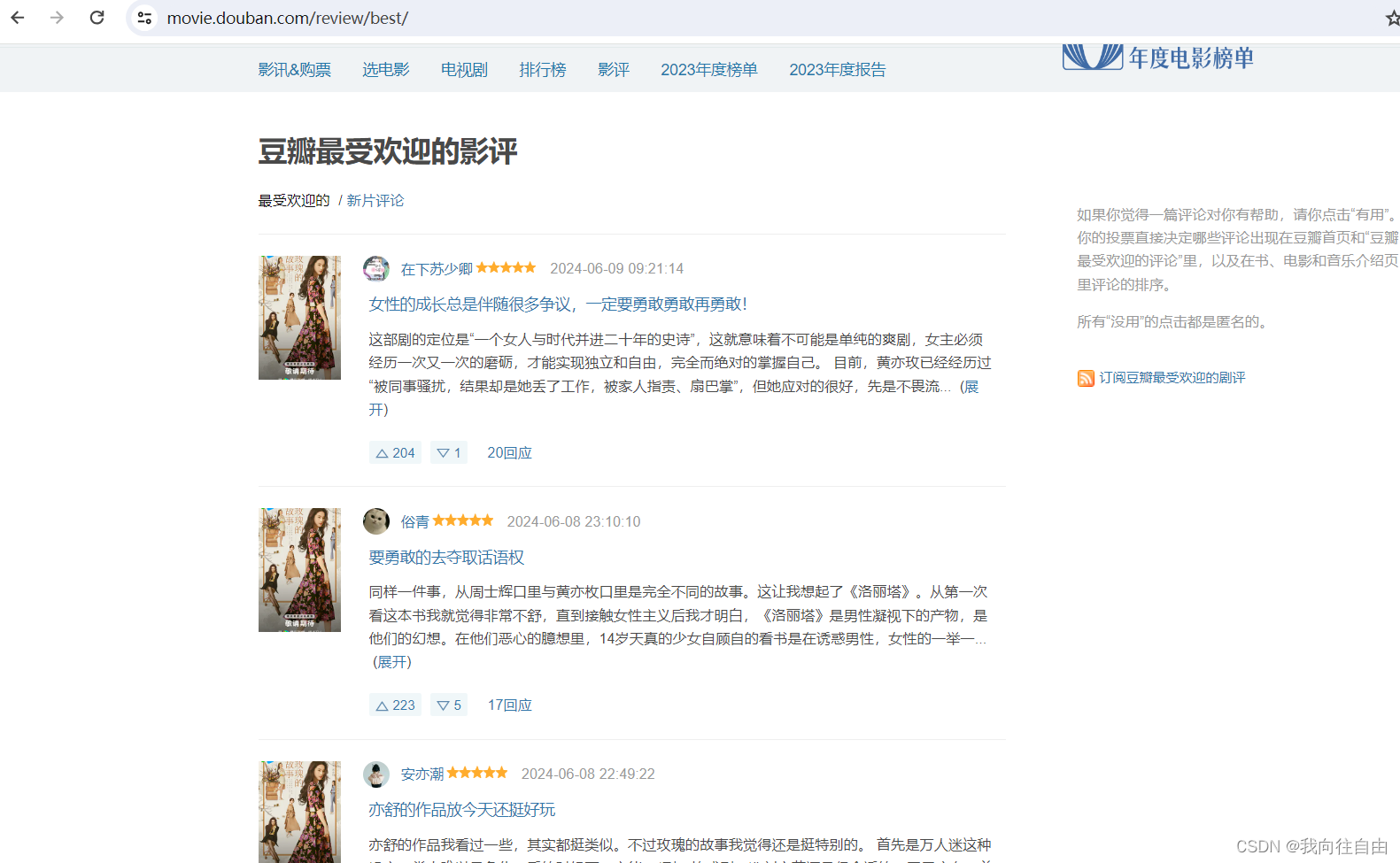目录
- 本文为🔗365天深度学习训练营 中的学习记录博客
- 🍖 原作者:K同学啊 | 接辅导、项目定制
本篇文章中,使用的天气数据集,还是之前pytorch里面用的数据集,只是更换了使用的语言为tensorflow。
1、完整代码
import tensorflow as tf
import os, pathlib
from PIL import Image
import matplotlib.pyplot as plt
import numpy as np
from tensorflow import keras
from keras import layers,models
gpus = tf.config.list_physical_devices("GPU")
if gpus:
gpu0 = gpus[0] # 如果有多个GPU,仅使用第0个GPU
tf.config.experimental.set_memory_growth(gpu0, True) # 设置GPU显存用量按需使用
tf.config.set_visible_devices([gpu0], "GPU")
# 导入数据
data_dir = "/Users/MsLiang/Documents/mySelf_project/pythonProject_pytorch/learn_demo/P_model/p03_weather/weather_photos"
data_dir = pathlib.Path(data_dir)
# 查看数据
image_count = len(list(data_dir.glob('*/*.jpg')))
print('图片总数为:', image_count)
roses = list(data_dir.glob('sunrise/*.jpg'))
print(roses[0])
im = Image.open(str(roses[0])).convert('RGB')
# im.show() # 显示图片
# 数据预处理
# 1、加载数据
batch_size = 32
img_height = 180
img_width = 180
"""
关于image_dataset_from_directory()的详细介绍可以参考文章:https://mtyjkh.blog.csdn.net/article/details/117018789
"""
# 训练数据
train_ds = tf.keras.preprocessing.image_dataset_from_directory(
data_dir,
validation_split=0.2,
subset="training",
seed=123,
image_size=(img_height, img_width),
batch_size=batch_size)
"""
关于image_dataset_from_directory()的详细介绍可以参考文章:https://mtyjkh.blog.csdn.net/article/details/117018789
"""
# 验证数据
val_ds = tf.keras.preprocessing.image_dataset_from_directory(
data_dir,
validation_split=0.2,
subset="validation",
seed=123,
image_size=(img_height, img_width),
batch_size=batch_size)
# 我们可以通过class_names 输出数据集的标签。标签将按照字母对应于目录名称。
class_names = train_ds.class_names
print('标签名称:', class_names) # ['cloudy', 'rain', 'shine', 'sunrise']
# 可视化数据
plt.figure(figsize=(20, 10))
for images, labels in train_ds.take(1):
for i in range(20):
ax = plt.subplot(5, 10, i + 1)
plt.imshow(images[i].numpy().astype("uint8"))
plt.title(class_names[labels[i]])
plt.axis("off")
# 再次检查数据
for image_batch, labels_batch in train_ds:
print(image_batch.shape) # (32, 180, 180, 3)
print(labels.shape) # (32,)
break
# 配置数据集
AUTOTUNE = tf.data.AUTOTUNE
train_ds = train_ds.cache().shuffle(1000).prefetch(buffer_size=AUTOTUNE) # 训练集
val_ds = val_ds.cache().prefetch(buffer_size=AUTOTUNE) # 验证集
# 构建卷积神经网络
num_classes = 4
"""
关于卷积核的计算不懂的可以参考文章:https://blog.csdn.net/qq_38251616/article/details/114278995
layers.Dropout(0.4) 作用是防止过拟合,提高模型的泛化能力。
在上一篇文章花朵识别中,训练准确率与验证准确率相差巨大就是由于模型过拟合导致的
关于Dropout层的更多介绍可以参考文章:https://mtyjkh.blog.csdn.net/article/details/115826689
"""
model = models.Sequential([
keras.layers.experimental.preprocessing.Rescaling(1. / 255, input_shape=(img_height, img_width, 3)),
layers.Conv2D(16, (3, 3), activation='relu', input_shape=(img_height, img_width, 3)), # 卷积层1,卷积核3*3
layers.AveragePooling2D((2, 2)), # 池化层1,2*2采样
layers.Conv2D(32, (3, 3), activation='relu'), # 卷积层2,卷积核3*3
layers.AveragePooling2D((2, 2)), # 池化层2,2*2采样
layers.Conv2D(64, (3, 3), activation='relu'), # 卷积层3,卷积核3*3
layers.Dropout(0.3), # 让神经元以一定的概率停止工作,防止过拟合,提高模型的泛化能力。
layers.Flatten(), # Flatten层,连接卷积层与全连接层
layers.Dense(128, activation='relu'), # 全连接层,特征进一步提取
layers.Dense(num_classes) # 输出层,输出预期结果
])
# model.summary() # 打印网络结构
# 编译
# 设置优化器
opt = tf.keras.optimizers.Adam(learning_rate=0.001)
model.compile(optimizer=opt,
loss=tf.keras.losses.SparseCategoricalCrossentropy(from_logits=True),
metrics=['accuracy'])
# 训练模型
epochs = 10
history = model.fit(
train_ds,
validation_data=val_ds,
epochs=epochs
)
# 模型评估
acc = history.history['accuracy']
val_acc = history.history['val_accuracy']
loss = history.history['loss']
val_loss = history.history['val_loss']
epochs_range = range(epochs)
plt.figure(figsize=(12, 4))
plt.subplot(1, 2, 1)
plt.plot(epochs_range, acc, label='Training Accuracy')
plt.plot(epochs_range, val_acc, label='Validation Accuracy')
plt.legend(loc='lower right')
plt.title('Training and Validation Accuracy')
plt.subplot(1, 2, 2)
plt.plot(epochs_range, loss, label='Training Loss')
plt.plot(epochs_range, val_loss, label='Validation Loss')
plt.legend(loc='upper right')
plt.title('Training and Validation Loss')
plt.show()
2、运行结果
2.1 查看20张图片

2.2 程序运行

2.3 运行结果
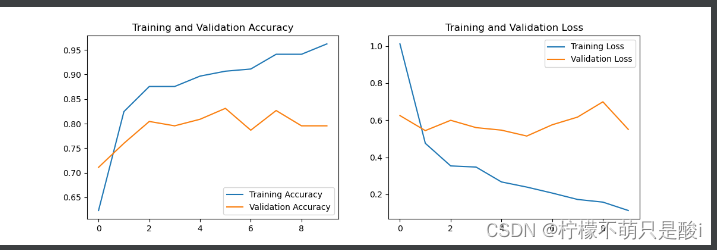
3、小结
① 代码运行过程中有报错:
AttributeError: module 'keras.layers' has no attribute 'experimental'

② 修改代码如下:

③ 分析原因:
出现上述问题是因为Keras的版本所导致的。
新版本的keras中,keras.layers.experimental 已经被移除了。
方法1:更新keras版本
方法2:
import tensorflow as tf
from tensorflow import keras
# 使用tf.keras替代keras
if hasattr(keras.layers,"experimental"):
keras.backend.clear_session()
from tensorflow.keras import layers
else:
from keras import layers上述代码会检测你的Keras版本是否含有keras.layers.experimental 模块,如果有则清除当前session,然后导入tensorflow.keras.layers 模块。如果没有,则导入keras.layers 模块。通过这样的方式,就可以避免使用keras.layers.experimental 模块而引发的错误。




